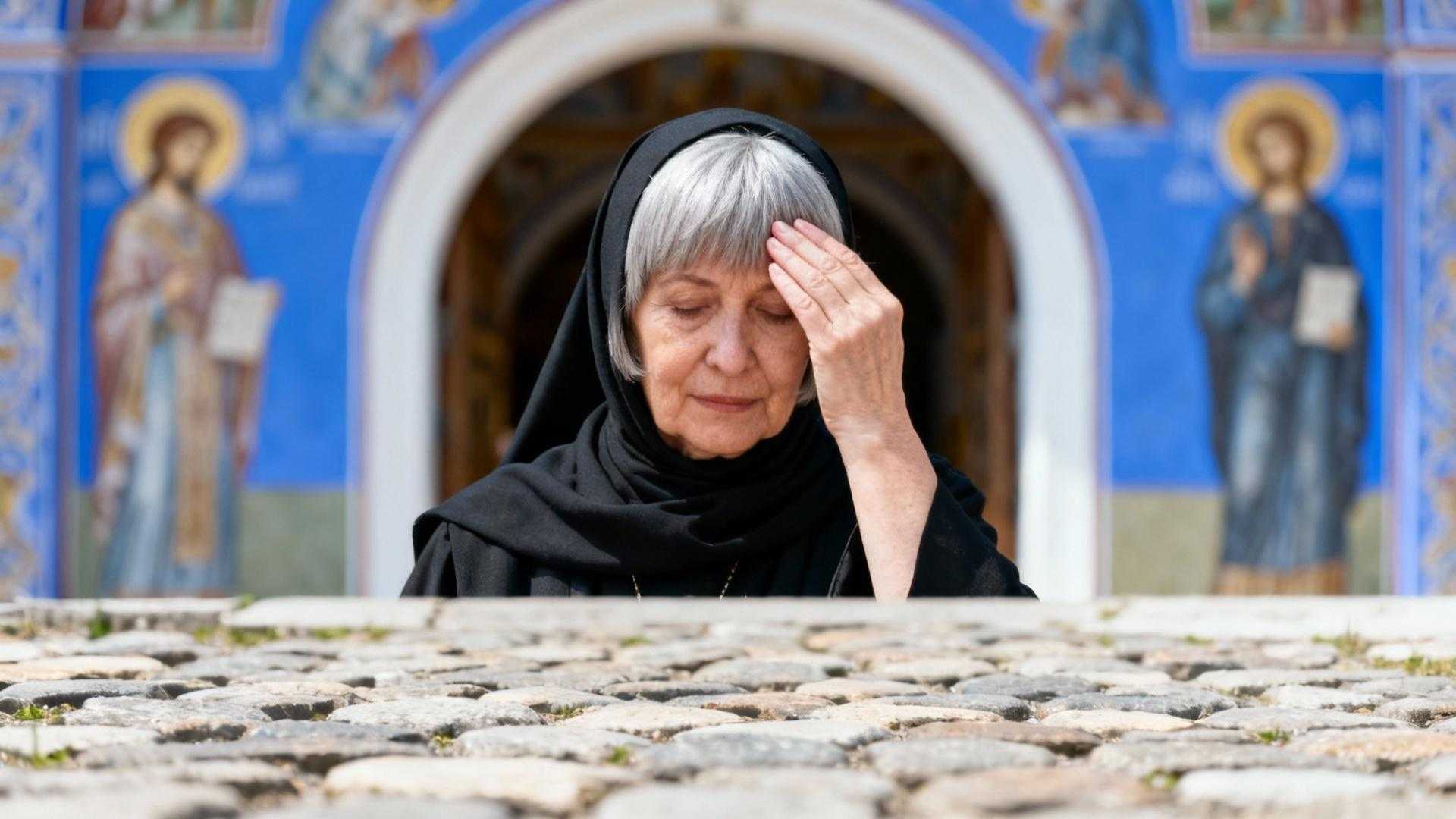Dawn breaks over Voroneț village as 73-year-old Ana Popescu adjusts her black headscarf before approaching the monastery gates. She crosses herself three times, right shoulder to left in Byzantine tradition, then whispers a prayer. Meanwhile, a tour group of twelve snaps selfies against the famous azure frescoes, their guide explaining art history while Ana quietly disappears inside. What tourists miss are the unspoken protocols that transform visitors into respectful witnesses of Romania’s most sacred painted heritage.
The Threshold Ritual Locals Perform That You’re Skipping
At Voroneț’s medieval stone entrance, locals pause instinctively. They remove hats, adjust clothing modestly, and cross themselves before stepping onto consecrated ground. Built in 1488 by Stephen the Great in just 3 months and 3 weeks, this UNESCO World Heritage site remains a functioning monastery where spiritual preparation precedes visual consumption.
Tourists stride directly toward the painted exterior walls, cameras raised. They miss the subtle transformation occurring around them as medieval villages where horse-drawn sleighs remain daily transport preserve ancient customs. The cobblestone path itself marks sacred territory beginning 50 meters from the church walls.
Local baker Gheorghe Munteanu observes quietly: “Visitors see museum walls. We see living prayer stones where our grandparents worshipped for 537 years.”
Silence Isn’t Suggested—It’s Required
Inside Voroneț’s fortress walls, conversation drops to library whispers. These aren’t historical exhibitions but active monastic communities where 6 resident nuns maintain daily prayer schedules at 6am, noon, and 6pm.
The Whisper Zone Nobody Explains
Volume levels mirror funeral services once you pass the gatehouse. Romanian pilgrims naturally adopt reverential tones while foreign visitors continue normal conversations, drawing silent stares from the faithful. The painted Last Judgment scene covering the entire western wall depicts eternal consequences—locals believe their reverence here matters spiritually.
When Photography Becomes Transgression
Exterior frescoes allow careful photography without flash, protecting 15th-century pigments from light damage. Interior spaces remain strictly forbidden to cameras—monastery staff report 40% of tourists attempt covert phone photos despite clear signage in 8 languages. Restoration costs exceed €180,000 annually, partly attributed to unauthorized flash photography effects.
Sister Maria, entrance guardian for 15 years, explains: “Every flash steals centuries from these sacred images. Our ancestors painted prayers, not decorations.”
Dress Code the 180 Villagers Enforce Without Speaking
Orthodox tradition demands modest coverage reflecting Byzantine imperial court protocols adapted for worship spaces. Bulgarian mountain sanctuaries where locals guard spiritual heritage maintain identical standards across Eastern Orthodox communities.
What Modest Dress Actually Means Here
Women require skirts covering knees completely, shoulders covered fully, and heads covered during services. The monastery provides 200 borrowed shawls weekly to unprepared visitors. Men need long pants and modest shirts—shorts trigger immediate intervention from staff.
Village seamstress Elena Dascălu notes: “Western tourists dress for museums. Orthodox faithful dress for meeting God face-to-face.”
The Headscarf Signal Only Locals Recognize
Married Orthodox women wear traditional black or white headscarves entering sacred spaces, continuing 1,500-year-old Byzantine customs. Tourist women receive gentle offers of borrowed coverings, distinguishing respectful visitors from casual observers. The unspoken hierarchy remains clear: prepared local faithful outrank well-intentioned but underdressed visitors.
Why Locals Turn Their Backs During Your Visit
At neighboring Greek island where locals outnumber tourists in cultural preservation, similar dynamics unfold. Romanian pilgrims face painted saints in silent prayer while tour groups circle behind them photographing medieval artwork. The cultural divide becomes pronounced during Saturday evening vespers when 80 locals gather for worship as tourists explore the grounds.
Retired teacher Ion Popescu reflects: “Tourists photograph our prayers. We live our prayers. Both approaches honor these walls differently.”
When visitors observe local protocols respectfully, facial expressions shift from guarded to welcoming. Children smile, elders nod approval, and monastery staff offer deeper historical insights. Respect unlocks authentic cultural exchange beyond surface tourism.
Your Questions About Voroneț’s Painted Monasteries Answered
Can I visit during religious services?
Yes, but stand at the back walls, remain completely silent, and follow local cues for standing or sitting. Sunday morning liturgies from 8am to 10:30am offer authentic Orthodox worship experiences if you respect observer status without photographing or recording anything.
What if I don’t follow Orthodox traditions personally?
Non-Orthodox visitors receive warm welcomes when demonstrating cultural respect through modest dress and reverent behavior. Monastery staff distinguish between religious ignorance, which they’ll gently correct, and willful disrespect, which they find offensive. Questions about uncertain protocols are always preferable to violations.
How do Voroneț’s rules compare to other European religious sites?
Nearly identical to Copenhagen’s unspoken café protocols locals guard, Eastern Orthodox sites from Greece’s Meteora to Serbia’s Studenica share Byzantine traditions. Master Voroneț’s behavioral expectations and you’ll navigate any Orthodox sacred space appropriately across the Balkans.
Sunset transforms Voroneț’s blue frescoes to deep sapphire as grandmother Ana departs, crossing herself once more before the painted saints. You mirror her gesture—three touches, right shoulder to left, Byzantine style—and her weathered face brightens with unexpected warmth. She nods approvingly, recognizing what guidebooks never teach: you’ve learned to see these ancient walls through local eyes, not as tourist but as respectful witness to living faith.
